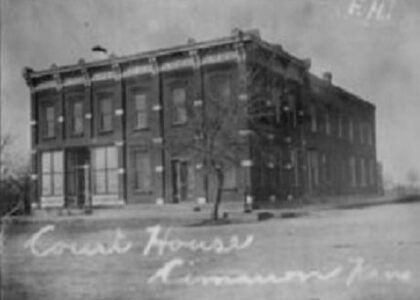Welcome to the Hells Canyon Bridge, a silent witness to the transformation of the American West. This historic structure, located in Arizona, has stood the test of time since its construction in 1923 when it was originally part of US Route 89. It is now listed on the National Register of Historic Places, marking its significance in the tapestry of American infrastructure development.
The story of this bridge is intertwined with the rise and fall of the community of Drake, formerly known as Cedar Glade. Established in the early 1900s as a railway work camp, Cedar Glade was pivotal in the construction of the ‘Big Hell Canyon Railroad Bridge,’ a monumental engineering feat in its own right. This area was once bustling with activity, serving as a vital junction for the Verde Valley Railroad and supporting the booming mining and railway industries.
In the late 19th and early 20th centuries, the region saw significant development due to the discovery of rich mineral deposits, including limestone, which George Puntenney and his family capitalized on. They established the Puntenney Lime Company, which contributed to the region’s economic growth and led to the creation of the small but vibrant community around the lime kilns.
Throughout its history, Drake has seen its share of drama, from prohibition-era gunfights to smallpox quarantines, and it served as a backdrop for the day-to-day lives of families who made their homes here. The Hells Canyon Bridge itself was part of these stories, facilitating transportation and trade that connected remote areas with the rest of the country.
As you stand by this bridge today, imagine the steam engines chugging along the tracks, the bustling activity of railway workers, and the vibrant, albeit transient, life of the people who called this rugged land home. The bridge stands as a testament to their hard work and the relentless march of progress that shaped the American West.





